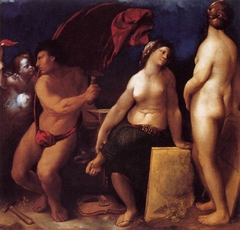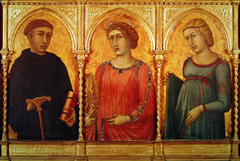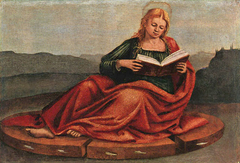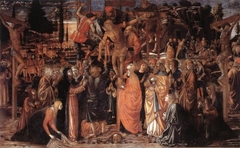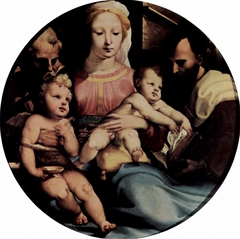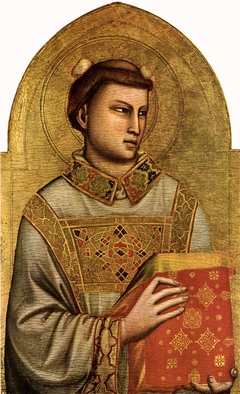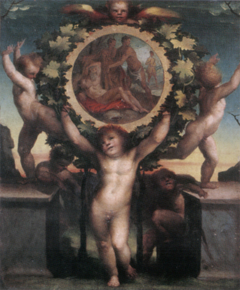Horne Museum, Florence
Museum (Italy)
About
The Horne Museum takes its name from the English collector Herbert P. Horne (1864-1916) who donated his palace and collections of a lifetime to the Italian State, together with the palace where he had collected them. This building had belonged to the Alberti and later to the Corsi family who gave it its present day appearance at the end of the 15th century, when it was pro...

